 Categories
Categories 
Gemstones are known for their beautiful appearance, but a slight crack or inclusion may make them look dull. This ultimately affects the buying process. One must understand the major difference between the two. Inclusions are internal features, whereas cracks are on the surface of a gemstone. Thus, we can say that inclusion is not a crack. Getting knowledge about the two is helpful for astrological purposes as well. Let's explore inclusions vs crack more and how their importance is implied in astrology.
Cracks in gemstones refer to the lines on the surface that are a result of gradual shock, temperature change, or handling process. On the gemstone's surface, these cracks produce visible thin, straight, or curved lines. In addition, they could show up as slender vertical lines parallel to the cleft plane. If a stone is cut too deeply, if excess force is used, or even if the gemstone is exposed to abrupt heat fluctuations, cracks may form throughout the process of cutting. Natural stones do crack with age and time. Some gems crack due to their chemical composition. For instance, opal stones are amorphous, and their open pores might result in dryness when exposed to high temperatures. The removal of water content results in dryness and builds cracks on the surface of the stone.
Gems have natural inclusions that are present within them at the time of their formation. These are also called imperfections or blemishes and are mineral crystals or cavities filled with gas or liquid. Blemishes are very small and can be detected with the help of a microscope. Gemstone inclusions types range from liquid, gaseous, and solid to feather or cloudy structures. For instance, sapphire inclusions look like silk needles. These imperfections inside the gemstone give the stone a beautiful appearance, like Kashmir blue sapphires. These imperfactions affect the value of the stone, particularly in these sapphires, as their small presence inside the gem can increase the cost.

Is wearing a cracked gemstone correct in astrology? No, one should not wear a cracked stone, as per Vedic astrology. This is because it reduces its effectiveness as an astrological gem. For example, you cannot wear a cracked pukhraj as it will negatively impact the planet's position, and you can go out of wealth and success. However, wearing an included gemstone can be your personal preference. Highly included gems are not preferable in Vedic astrology as they obstruct the vibrational energy for which they are known. Slightly included stones can be considered, but it is better to buy a high-clarity gem for astrological purposes.
A crack and inclusion are two different forms of flaws that may be discovered in gems.
A fracture in the stone is a straight hole or may be seen with the unaided eye or under a magnifying glass. It can be brought on by tension or stone injury, as well as by natural occurrences. A crack might go far into the stone and frequently appears as a fine line or break in the gemstone's surface.
On the contrary, joint inclusion is a feature of the gemstone that was naturally seen inside the stone during its development. It may be visible or undetectable to the unaided eye and take on a variety of shapes, such as minerals, gas bubbles, or other things.
There are several ways to tell if an imperfection or flaw in a gemstone is a crack or an inclusion:
Look at the form: Blemishes might be uneven in form and might lack a specific structure, whereas cracks are frequently straight and follow a certain course.
Look at the location: Inclusions are normally located farther into the stone than cracks, which are frequently found on the outermost layer of the stone or close to it. So, fractures are found on the surface, while imperfections are internal. This is the best way you can identify cracks and inclusions at home.
Use magnification: When seen closely, blemishes appear to be more of a solid item or mass within the stone than cracks, which frequently occur as a thin line or crack in the gemstone's appearance.
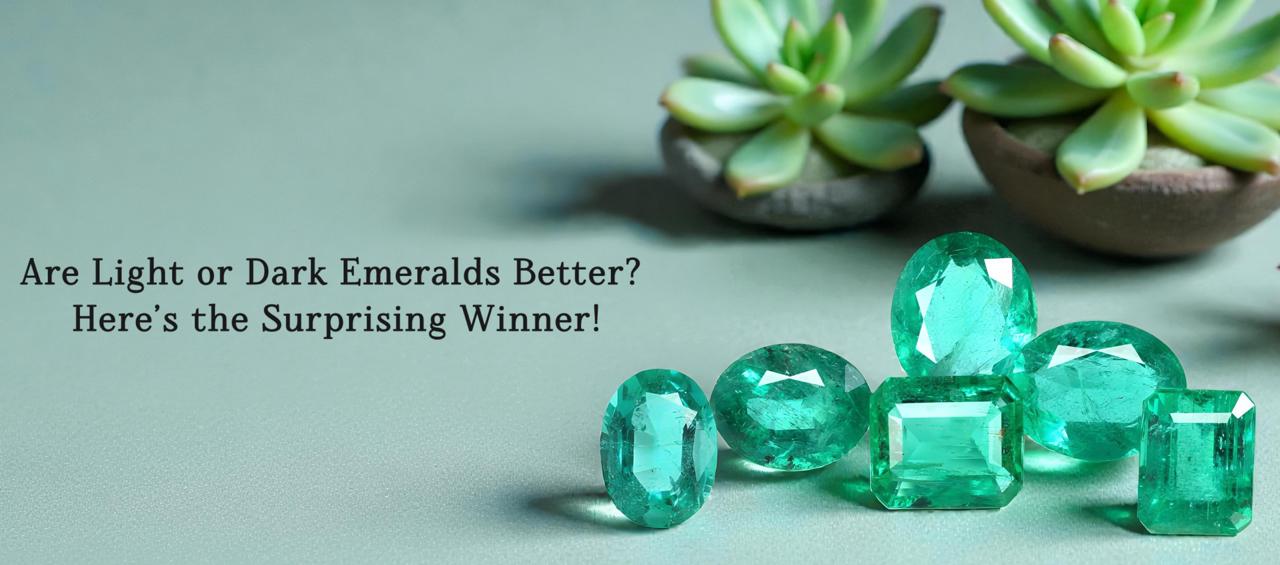
Are Light or Dark Emeralds Better? Here’s the Surprising Winner
December 24th, 2025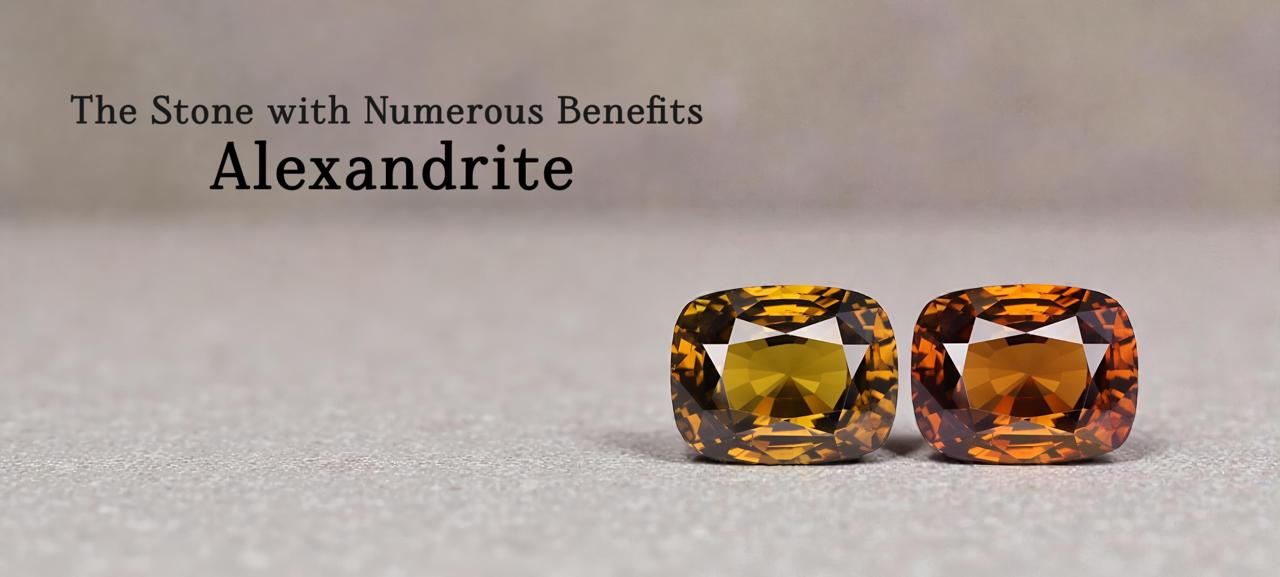
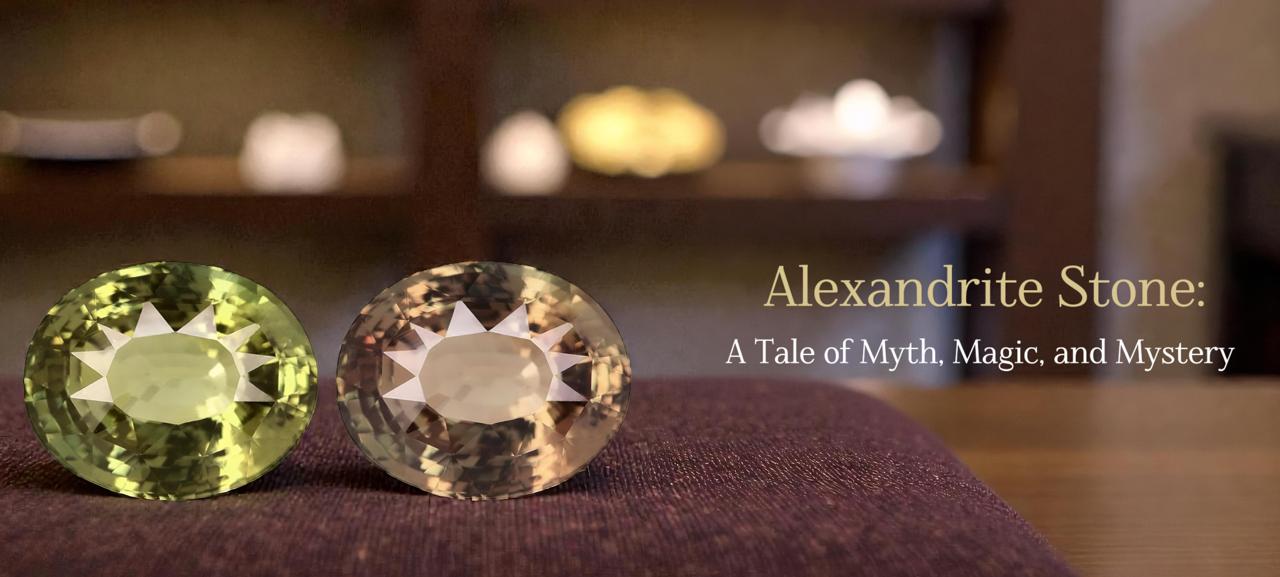
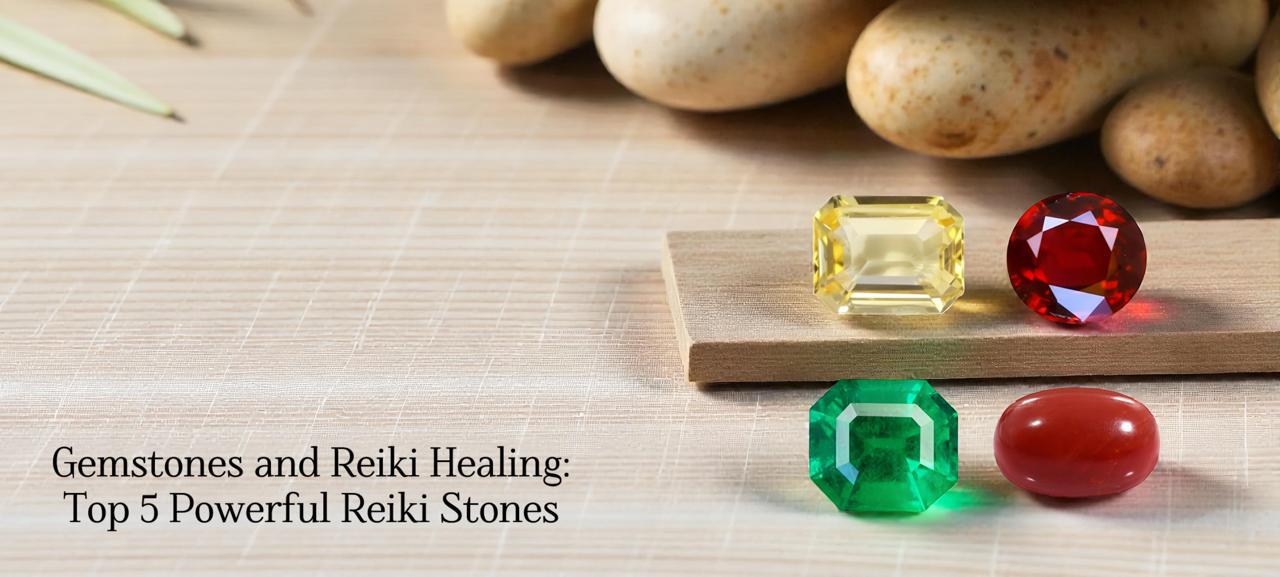
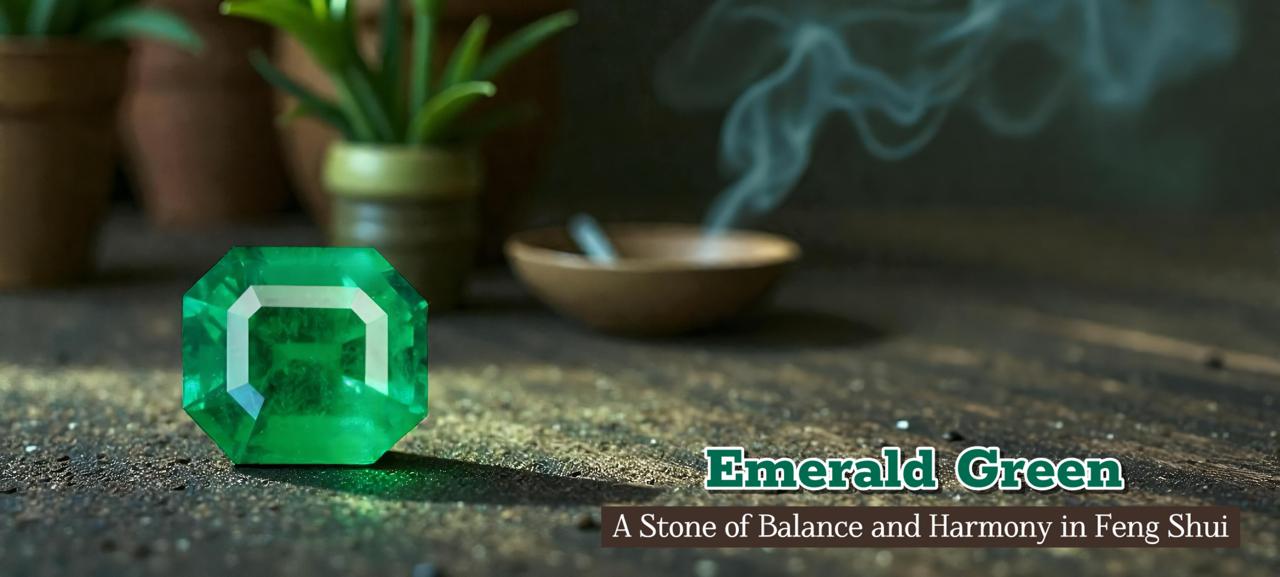
Emerald Green: A Powerful Feng Shui Stone for Balance and Harmony
December 15th, 2025